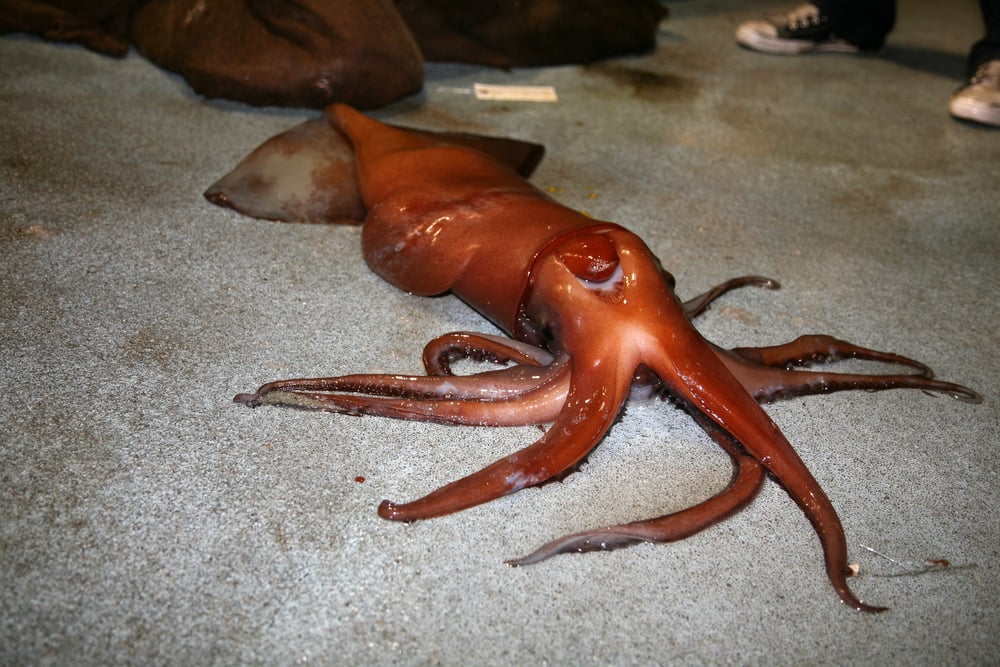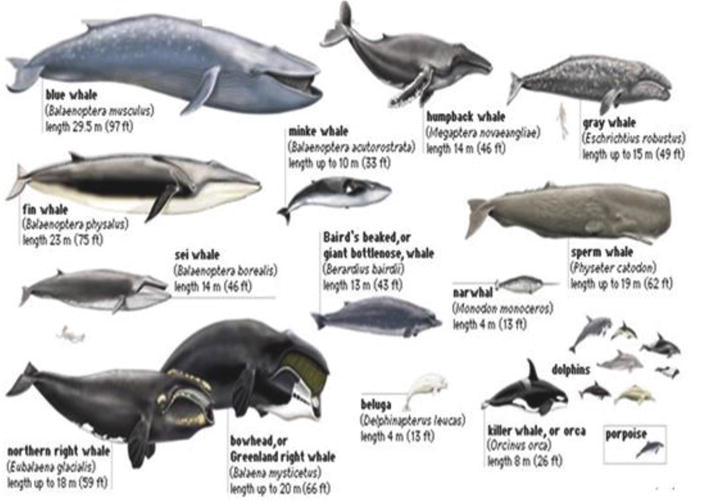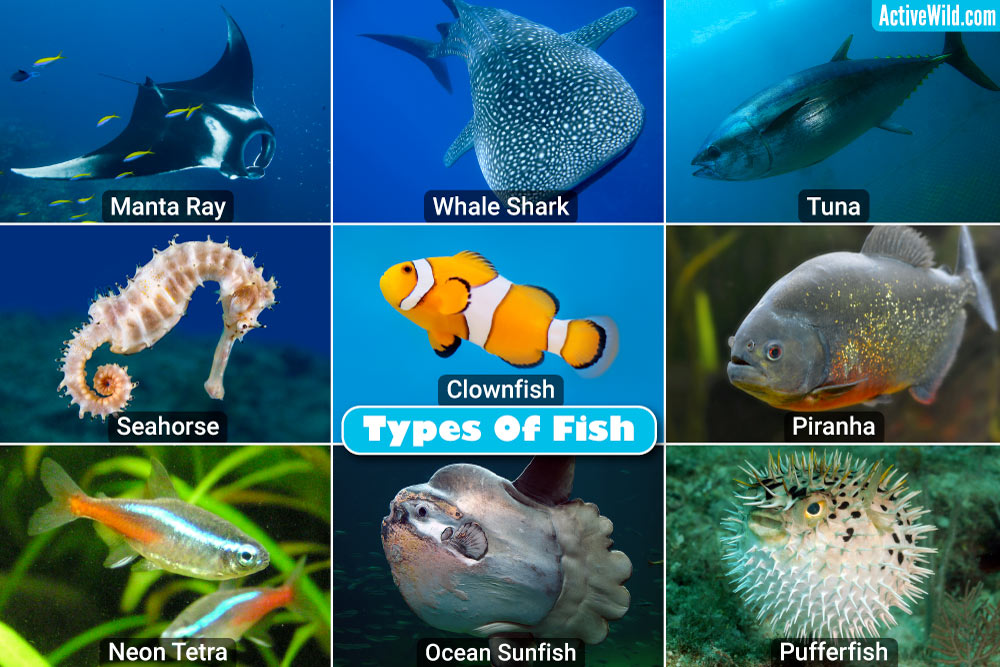The Mighty Humboldt Squid: A Deep Dive into Their Intriguing Behavior
The Mighty Humboldt Squid ===
The Humboldt squid, also known as jumbo squid or red devil, is a fascinating creature that dwells in the deep waters of the Eastern Pacific Ocean. Named after the Humboldt Current, which runs along the western coast of South America, these enigmatic cephalopods have captivated scientists and marine enthusiasts for decades. Known for their large size, aggressive behavior, and unique adaptations, the Humboldt squid is a true marvel of the deep sea. In this article, we will take a deep dive into their intriguing behavior, exploring their anatomy, feeding habits, social structure, migration patterns, and their interactions with humans and fisheries.
Anatomy and Physical Characteristics
The Humboldt squid possesses a robust and muscular body, capable of reaching lengths of up to six feet and weighing over 100 pounds. It features a cylindrical mantle, two large eyes, and an array of powerful tentacles lined with sharp suckers equipped with small teeth-like structures. Its skin is covered in chromatophores, specialized cells that allow it to rapidly change color, enabling camouflage and communication with other individuals.
Feeding Habits and Predatory Behavior
As carnivorous predators, the Humboldt squid engages in aggressive feeding behavior, often forming large hunting groups called shoals. They are opportunistic feeders, preying on a variety of marine organisms, including fish, crustaceans, and other squid species. Using their keen eyesight, the Humboldt squid swiftly strikes their prey, immobilizing it with their tentacles and beak. Their powerful jaws and radula, a specialized feeding organ, then tear the prey into smaller pieces for consumption.
Social Structure and Reproduction
The Humboldt squid exhibits an intriguing social structure. These squid are highly social animals, often found in schools comprising hundreds or even thousands of individuals. Within these schools, a hierarchy based on size and aggression exists, with larger individuals dominating smaller ones. The mating process of the Humboldt squid is still not well understood, as they have never been observed spawning. However, it is believed that they engage in internal fertilization, with males transferring sperm packets to the females using specialized tentacles.
Migration Patterns and Distribution
Humboldt squid are known for their extensive range and migratory behavior. They are typically found along the coasts of South and Central America, from Chile to California, although their range can extend as far north as Alaska. These squid migrate vertically, moving to shallower waters at night to feed and returning to deeper depths during the day to avoid predators. The exact reasons for their migration patterns are still being studied, but it is believed to be influenced by factors such as temperature, prey availability, and reproductive needs.
Interactions with Humans and Fisheries
The Humboldt squid’s interactions with humans and fisheries have both positive and negative aspects. Commercially, they are an important target species for fisheries, with their meat being used for human consumption and their ink for various products. However, their abundance and aggressive behavior can also pose challenges for fishermen. Humboldt squid are known to damage fishing gear, sometimes even attacking catches already on the line. There have been reports of fishermen being injured by these powerful creatures, further highlighting the need for caution when interacting with them.
Threats and Conservation Efforts
The Humboldt squid, despite its robust nature, faces threats from various sources. Overfishing, habitat degradation, and climate change can all have significant impacts on their populations. It is crucial to implement sustainable fishing practices and regulate the fishing industry to prevent overexploitation. Additionally, protecting their habitat and ensuring the health of the marine ecosystem through conservation efforts is essential for the long-term survival of the Humboldt squid.
Unveiling the Enigma of the Humboldt Squid ===
In conclusion, the Humboldt squid is a marvel of the deep sea, with its impressive size, aggressive feeding habits, and unique adaptations. Through understanding their anatomy, feeding habits, social structure, migration patterns, and interactions with humans, we can gain a deeper appreciation for these enigmatic creatures. However, as with many marine species, the conservation of the Humboldt squid is of utmost importance to maintain the delicate balance of the ocean ecosystem. By studying and protecting these magnificent creatures, we can ensure their survival and continue to unravel the mysteries of their intriguing behavior.



